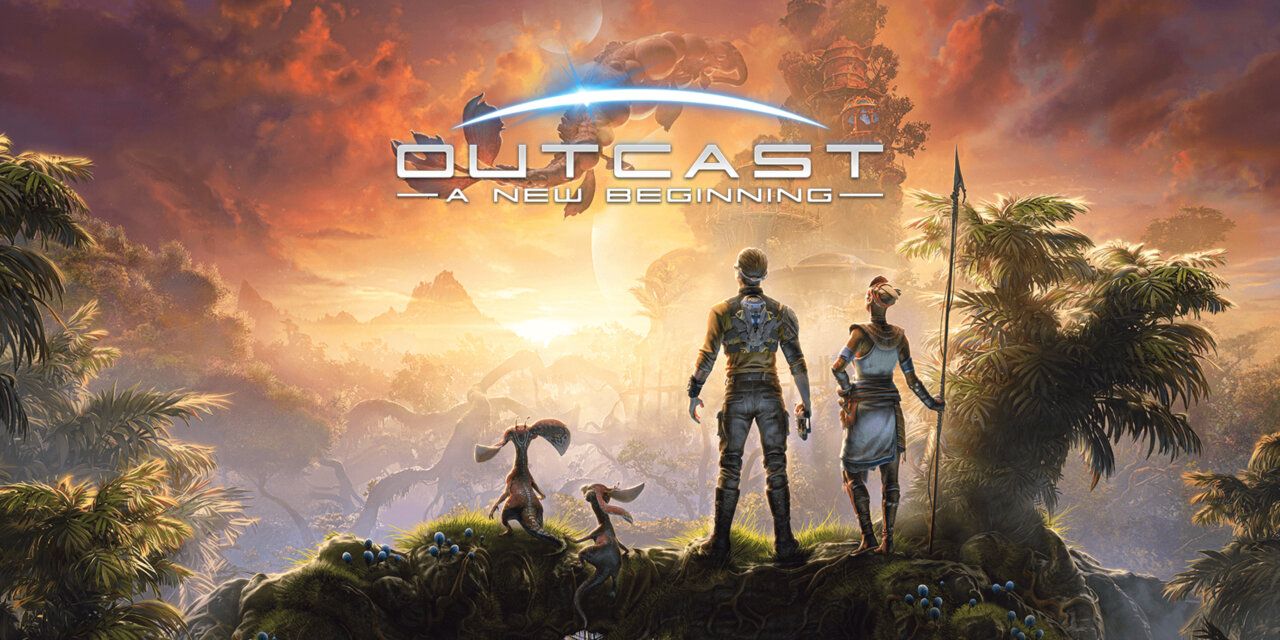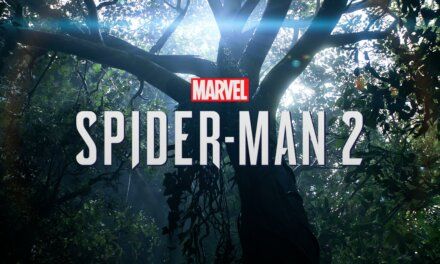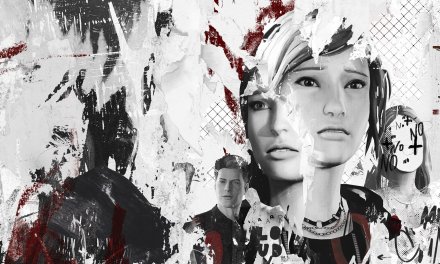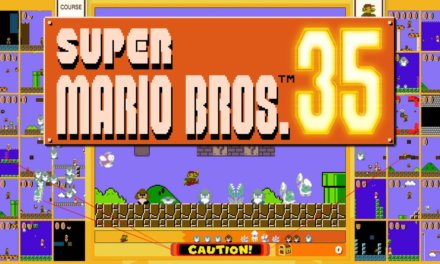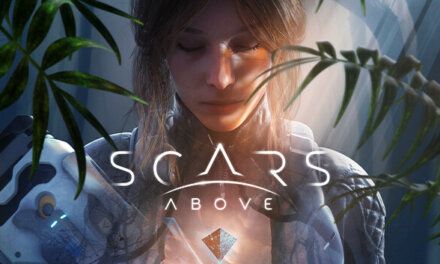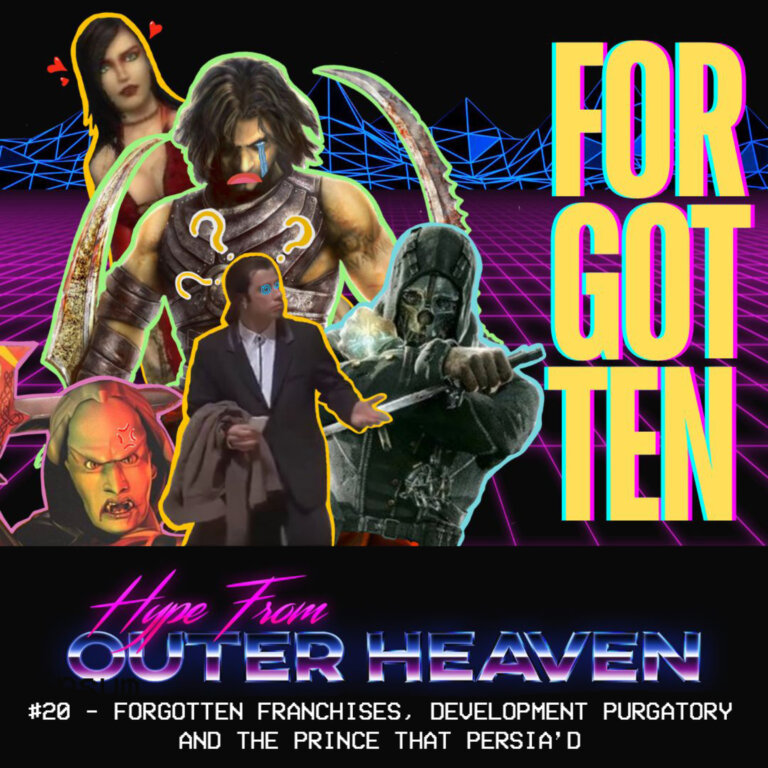Outcast: A New Beginning – A Light-hearted yet dark experience!
Outcast: A New Beginning is a 3rd person action-adventure game published by THQ Nordic and developed by Appeal Studio. It is a sequel to Appeal’s 1999 Outcast game and see’s the return of Cutter Slade, back to save the Talan people from the human invaders. Set in a parallel universe on the world of Adelpha, Cutter is resurrected by the Yods, the gods of the Talan people, though with little memory of his past. Almost immediately upon leaving the temple you are spawned into, you encounter Lehaz, your contact throughout the game and one of the Dolotai Guardians, warrior Talans who’s fellowship is in decline after their initial assault on the invaders failed, resulting in the death of a large number of its members. Lehaz believes Cutter to be the Ulukai, the Chosen One prophesied to be the saviour of Adelpha. She helps point you in the right direction as you head out into the open world. Cutter quickly realises that humans are the bad guys here, harvesting resources and reverting (killing) the Talans with no mercy if they get in the way. The only humans you will see are in cutscenes though, the invader forces you encounter are completely made up of robots.
At the beginning of the game there is a lot of conversation to work through and many Talan words are quickly thrown at you. This would make it difficult to follow for those of us not familiar with the original game (or have poor memories) if not for the glossary, holding the right trigger brings up a box with the current Talan words and what they mean, a very useful tool. Cutter cannot speak Agazork at first, the native language of the Talans, and so his encounters are limited to the few who can speak the human language Agakamon. After a few missions though the Yods grant him the ability to speak Agazork, and the game opens up. The main story mostly unfolds by helping the seven villages dotted around the region of Ganzaar where the game takes place.
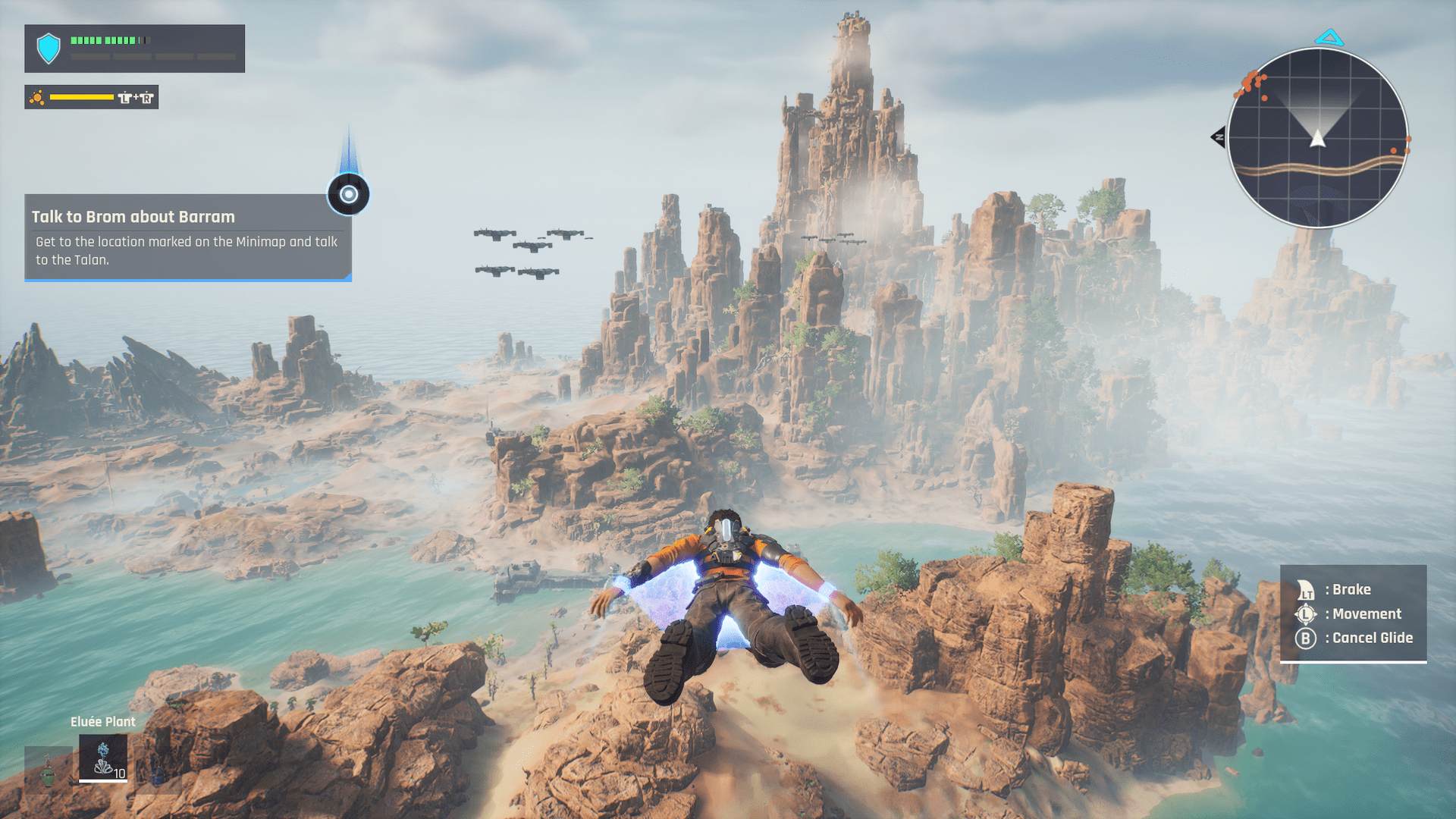
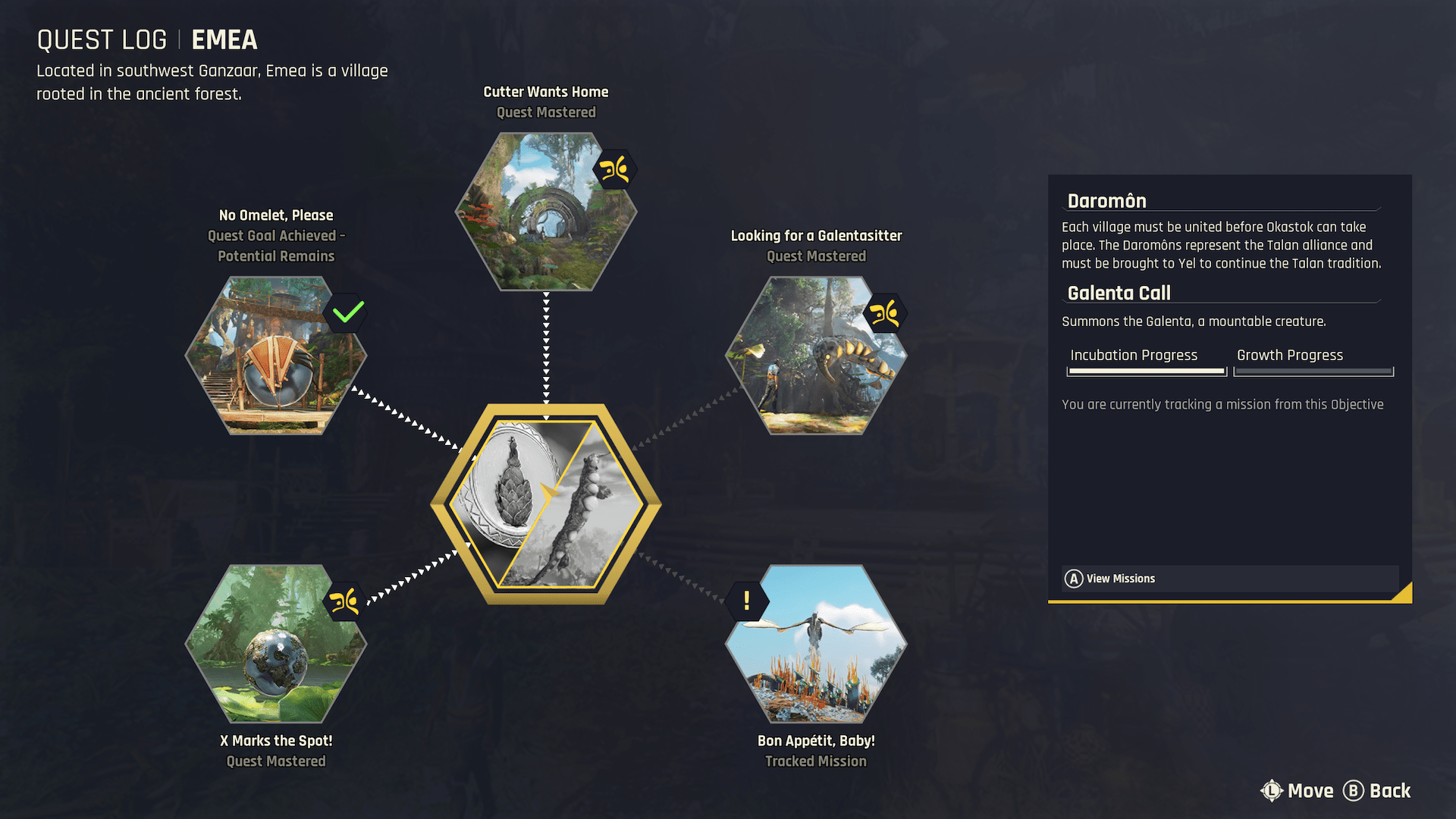
Missions are gained by clicking on the village icon on the map screen. This shows you a central hexagon with a number of others surrounding and linked to it, the central hexagon is where the main objective(s) are shown, with the surrounding ones being a part of the whole yet having their own stages to complete. Some of the stages take time to complete, such as a weaver Talan taking time to make blankets. You can venture off to do other things while these progress and will see a notification when the task is complete and ready for you to continue. While the story does lead you from one village to another, you can visit any of them whenever you choose and start their own set of missions, with no part of the map being off limits or needing to be unlocked before travelling there.
Travel is slow to begin with as all you can do is run from place to place. Fast travel is available as you start to unlock portals called Daoka’s, though these must be activated first before they can be used. Each village has a Daoka, but its core has been taken by the invaders to an outpost that is usually nearby, so you must first clear the outpost of enemies and recover the core to use them, but non-village Daoka’s can be activated by simply reaching them and pressing Y to interact. The far more fun way, though less swift, to travel is by upgrading Cutters gear. Cutter quickly finds a pistol, a visor, a shield and a jetpack when the game begins. The jetpack initially allows you to make powered jumps, each jump uses an battery charge which replenishes itself after a short cooldown, the number of available charges can be increased by upgrading the jetpack. These will allow you to reach places you couldn’t before, or more easily, but I often used it to gain enough height to glide once unlocked. Alongside gliding, you can unlock the jetsprint ability, which allows you to fly just above the ground or surface of the water. You can upgrade both abilities to gain a boost by holding RT, though this will consume your battery power.
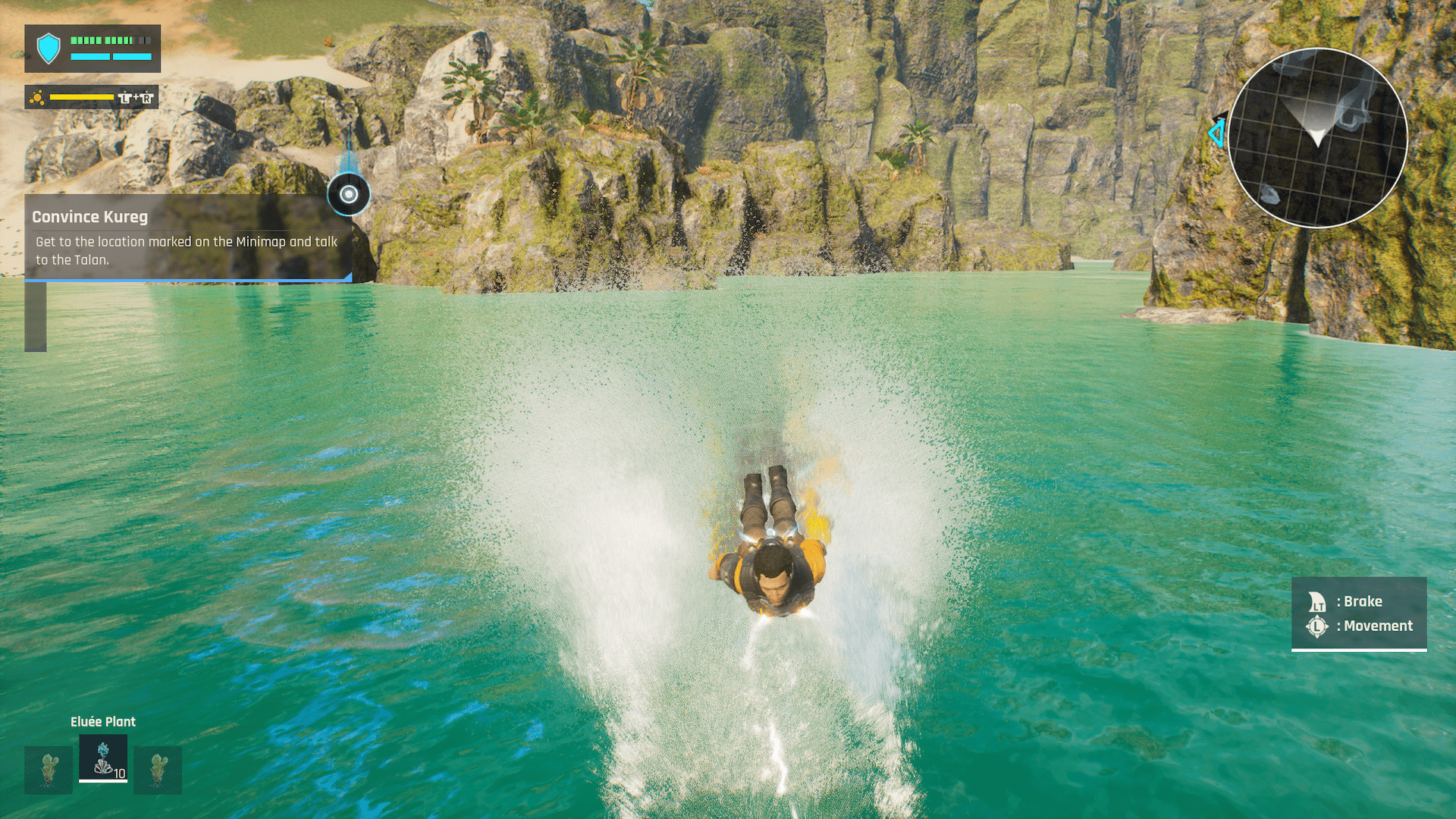
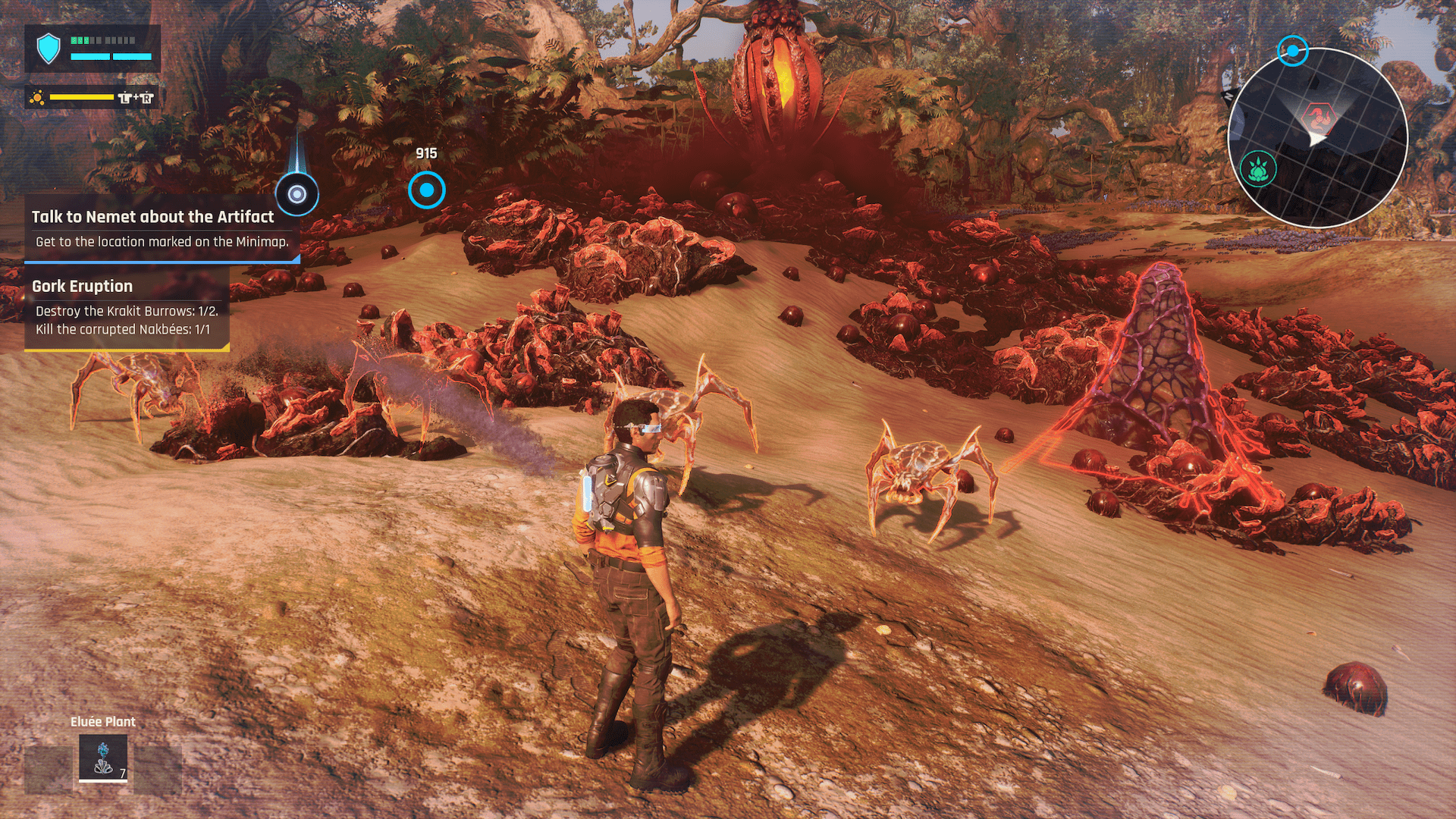
The jetpack isn’t only for travelling, it can be used in combat to dodge incoming fire. I enjoyed the combat system as movement isn’t restricted, so it seemed to flow freely. You put up your shield with LB to block enemy fire, then drop it immediately to fire back or dodge out of the way. You can also upgrade your shield to be able to take more damage before it is overwhelmed, or in the case of the Instant Shield upgrade, if you raise it just before you take damage it will charge the shield and make it indestructible for a time. Your shield is also your melee weapon, though this too can be upgraded it is always a single attack and the one thing that hinders the free flow of combat. It is a single swing like a hooked punch which takes a few seconds to recover from, with upgrades you can charge the attack but it will always be a last resort when an enemy gets too close.
Ranged weapons can be modified. The pistol you start with has four slots for mods, and the rifle you gain later has six. All but the first slot need to be unlocked with nano-cells, a resource you gain by killing enemies and opening chests and containers, most often found in invader bases and outposts. From these chests you will sometimes find weapon mods, which can also be upgraded with nano-cells. One of my favourite ones is the sticky mines mod, the impact of the shot causes a mine to be released which then explodes causing extra damage, very good for crowd control and taking down stronger enemies. Ammunition is plentiful, enemies drop both red and green helidium, green for the pistol and red for the rifle, but you can also find large crystals that will drop quite a bit of whichever colour it is when destroyed with a melee attack. Be careful though, certain mods can alter how much helidium is used per shot and you can find yourself running out quicker than expected.
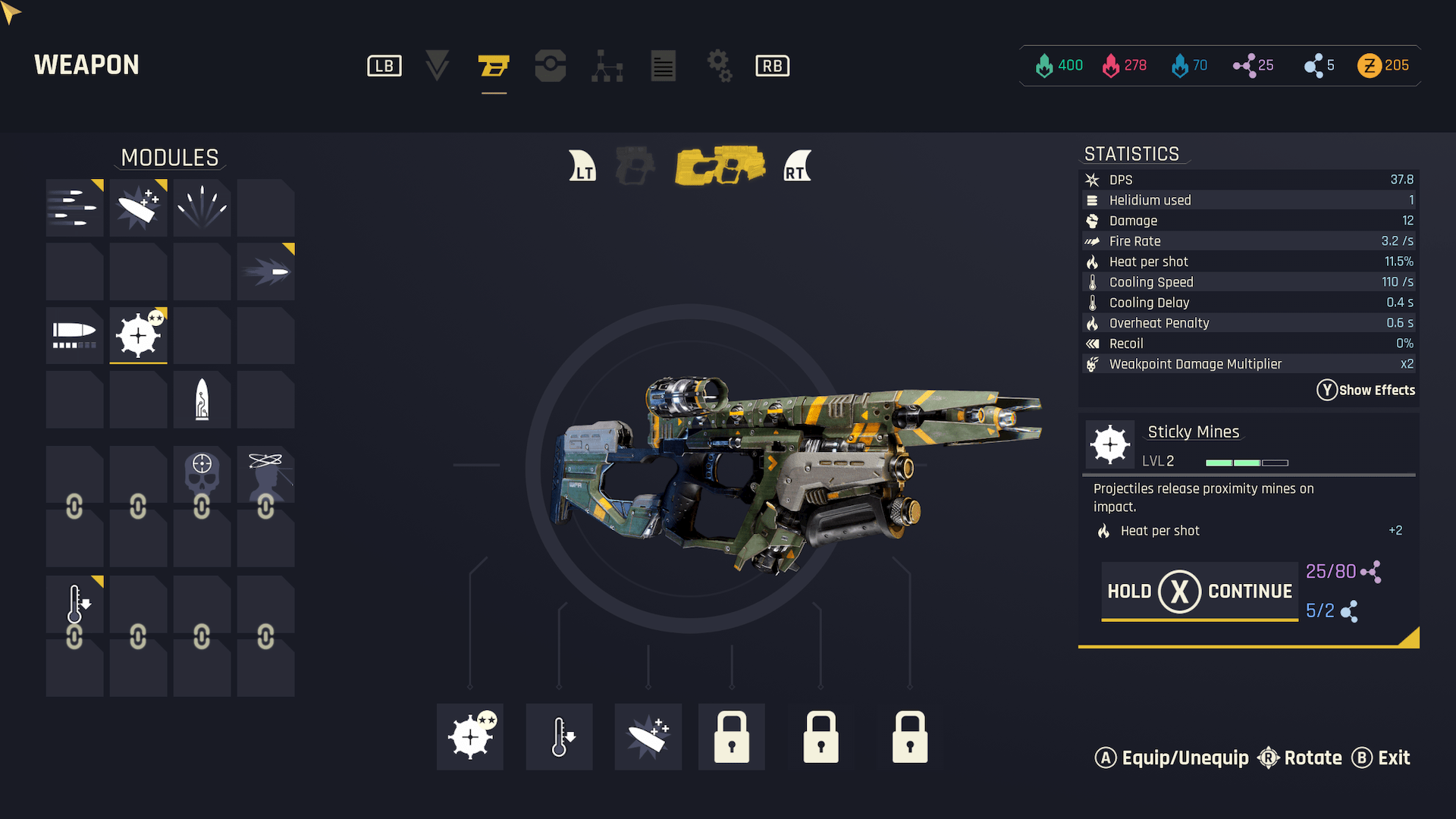
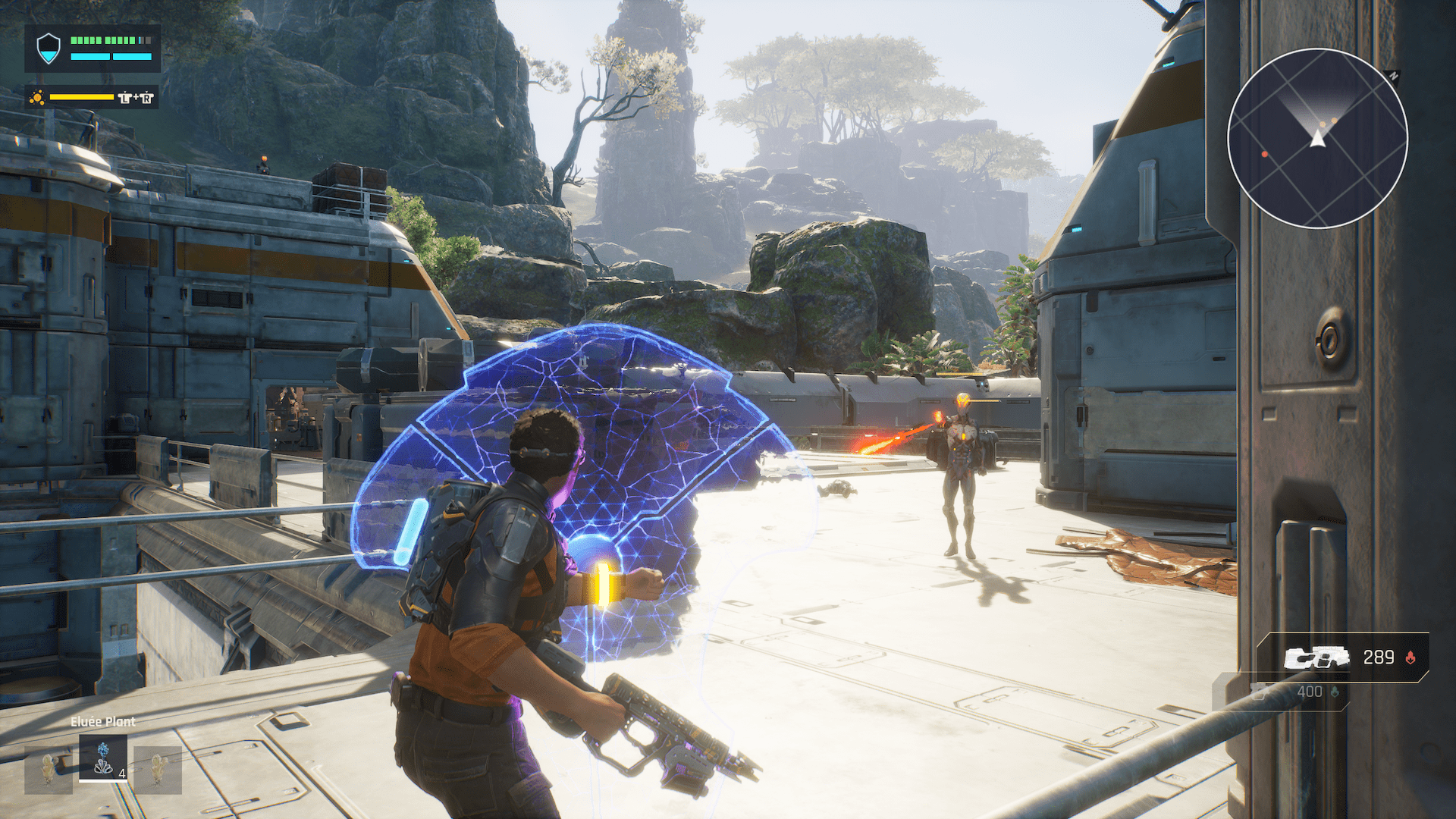
Crafting is available. Through collecting the items that various beasts drop when defeated and plants found in the wild, you can craft potions and inventory upgrades. You must go to the appropriate vendor to make these, one of which will be found in every village, and inventory upgrades will cost Zorkins (Talan money) as well as the required items. You can earn zorkins by selling non-crafting items to traders, you can sell crafting materials too if you choose but personally I found that to be a waste.
Another resource you will get is called gork, a gork is an infection that corrupts plant and animal life, you will find them on the map as gork eruptions, these will be big plants with a glowing centre and will have aggressive beasts around it. By killing the beasts you can interact with the gork and cleanse it, gaining a gork as a resource. Other activities on the map to find are essence shrines which will increase your base health if completed and orym trails, these trails involve jumping, gliding and air dodging through balls of light to reach a flower at the end, a melee attack will release blue helidium, used to upgrade your jetpack.
As you progress through the game, Cutter experiences memories of his past in short visions. Though not a necessity to understand the story, I feel a recap from its 25 year old predecessor would have been nice for further understanding of both Cutter’s personal situation and how humans came to be on Adelpha. The story didn’t really grab me when I first started, it took a bit of time before I became more invested. I was interested to see more of Cutter’s history, and the combat was really good I felt, being able to alter your weapons when you want and come up with some nasty combinations helped to keep the gunplay fresh. The world itself looks beautiful and bright, even the more desolate areas are a sight to behold, and each village looks different according to where it is situated.

